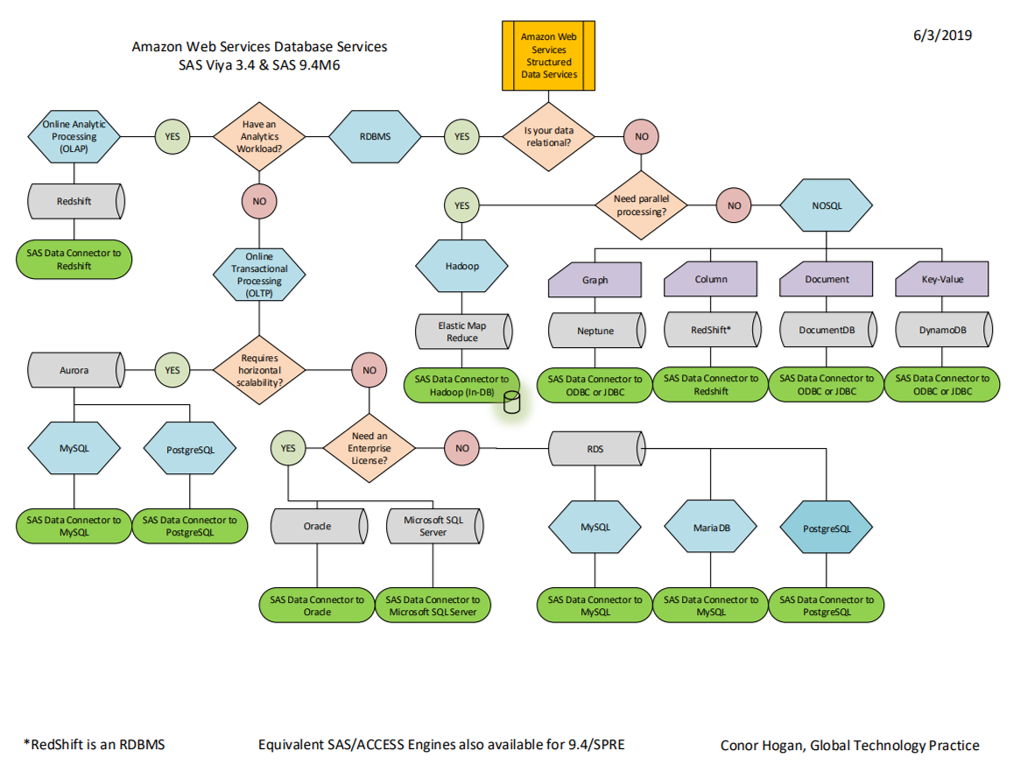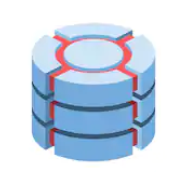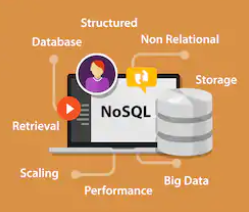Editor’s note: This is the first article in a series by Conor Hogan, a Solutions Architect at SAS, on SAS and database and storage options on cloud technologies. This article covers the SAS offerings available to connect to and interact with the various database options available in Amazon Web Services. Access all the articles in the series here
As companies move their computing to the cloud, they are also moving their storage to the cloud. Just like compute in the cloud, data storage in the cloud is elastic and responds to demand while only paying for what you use. As more technologies moves to a cloud-based architecture, companies must consider questions like: Where is my data going to be stored? Do I want a hybrid solution? What cloud storage options do I have? What storage solution best meets my business needs?. Another question requiring an answer is: Is the software I use cloud-ready?. The answer in the case of SAS is, YES! SAS offers various cloud deployment patterns on various cloud providers and supports integration with cloud storage services.
This is part one in a series covering database as a service (DBaaS) and storage offerings from Amazon Web Services (AWS). Microsoft Azure and Google Cloud Platform will be covered in future articles. The goal is to supply a breakdown of these services to better understanding the business requirements of these offerings and how they relate to SAS. I will focus primarily on SAS Data Connectors as part of SAS Viya, but all the same functionality is available using a SAS/ACCESS Interface in SAS 9.4. SAS In-Database technologies in SAS Viya are called SAS Data Connect Accelerators and are synonymous with the SAS Embedded Process.
SAS integration with AWS
SAS has extended SAS Data Connectors and SAS In-Database Technologies support to Amazon Web Services database variants. A database running in AWS is much like your on-premise database, but instead Amazon is managing the software and hardware. Amazon’s DBaaS offerings take care of the scalability and high availability of the database with minimal user input. SAS integrates with your cloud database even if SAS is running on-premise or with a different cloud provider.
AWS databases
Amazon offers database service technologies familiar to users. It is important to understand the new terminology and how the different database services best meet the demands of your specific application. Many common databases already in use are being refactored and provided as service offerings to customers in AWS. The advantages for customers are clear: no hardware to manage and no software to install. Databases that scale automatically to meet demand and software that updates and create backups automatically means customers can spend more time creating value from their data and less time managing their infrastructure.
For the rest of this article I cover various database management systems, the AWS offering for each database type, and SAS integration. First let's consider the diagram below depicting a decision flow chart to determine integration points between AWS database services and SAS.

Trace you path in the diagram and read on to learn more about connection details.
Relational Database Management System (RDBMS)
 In the simplest possible terms, an RDBMS is a collection of managed tables with rows and columns. You can divide relational databases into two functional groups: online transaction processing (OLTP) and online analytical processing (OLAP). These two methods serve two distinct purposes and are optimized depending in how you plan to use the data in the database.
In the simplest possible terms, an RDBMS is a collection of managed tables with rows and columns. You can divide relational databases into two functional groups: online transaction processing (OLTP) and online analytical processing (OLAP). These two methods serve two distinct purposes and are optimized depending in how you plan to use the data in the database.
Transactional Databases (OLTP)
Transactional databases are good at processing reads, inserts, updates and deletes. These queries usually have minimal complexity, in large volumes. Transactional databases are not optimized for business intelligence or reporting. Data processing typically involves gathering input information, processing the data and updating existing data to reflect the collected and processed information. Transactional databases prevent two users accessing the same data concurrently. Examples include order entry, retail sales, and financial transaction systems. Amazon offers several types of transactional database services. You can organize Amazon Relational Database Service (RDS) into three categories: enterprise licenses, open source, and cloud native.
Enterprise License
Many customers already have workloads built around enterprise databases. Amazon provides a turn-key enterprise solution for customers not looking to break their relationship with enterprise vendors or refactor their existing workflows. AWS offers Oracle and Microsoft SQL Server as a turn-key enterprise solution in RDS. Both offerings include the required software license, however Oracle also allows you to “Bring Your Own License” (BYOL). SAS has extended SAS Data Connector support for both cloud variants. You can use your existing license for SAS Data Connector to Oracle or SAS Data Connector to Microsoft SQL Server to interact with these RDS databases.
Remember you can install and manage your own database on a virtual machine if there is not an available database as a service offering. The traditional backup and update responsibilities are left to the customer in this case. For example, both SAS Data Connector to Teradata and SAS Data Connect Accelerator for Teradata are supported for Teradata installed on AWS.
Open Source
Amazon provides service offerings for common open source databases like MySQL, MariaDB, and PostgreSQL. SAS has extended SAS Data Connector support for all these cloud variants. You can use your existing license for SAS Data Connector to MYSQL to connect to either RDS MYSQL or RDS MariaDB and SAS Data Connector to PostgreSQL to interface with RDS PostgreSQL.
Cloud Native
Amazon Aurora is a MySQL and PostgreSQL-compatible relational database built for the cloud, combining the performance and availability of traditional enterprise databases with the simplicity and cost-effectiveness of open source databases. SAS has extended SAS Data Connector support for Amazon Aurora. You can use your existing license for SAS Data Connector to MYSQL to connect to either Aurora MYSQL or and SAS Data Connector to PostgreSQL to interface with Aurora PostgreSQL.
Analytical Databases (OLAP)
Analytical Databases optimize on read performance. These databases work best from complex queries in smaller volume. When working with an analytical database you are typically doing analysis on multidimensional data interactively from multiple perspectives. Redshift is the analytical database service offered by Amazon. SAS has a dedicated product called SAS Data Connector to Amazon Redshift that was purpose built for analytics workloads running in the Amazon cloud.
NoSQL Databases
 A non-relational or NoSQL database is any database not conforming to the relational database model. These databases are more easily scalable to a cluster of machines. NoSQL databases are a more natural fit for the cloud because the loose dependencies make the data easier to distribute and scale. The different NoSQL databases are designed to solve a specific business problem. Some of the most common data structures are key-value, column, document, and graph databases. Here is a brief overview of the most common data structures.
A non-relational or NoSQL database is any database not conforming to the relational database model. These databases are more easily scalable to a cluster of machines. NoSQL databases are a more natural fit for the cloud because the loose dependencies make the data easier to distribute and scale. The different NoSQL databases are designed to solve a specific business problem. Some of the most common data structures are key-value, column, document, and graph databases. Here is a brief overview of the most common data structures.
Key-Value Database
A key-value database stores data as a collection of key-value pairs. The key acts as a unique identifier for each record. Amazon’s key-value database as a service is DynamoDB. SAS interacts with DynamoDB using industry standard ODBC or JDBC drivers.
Columnar Database
Data in a traditional relational database is sorted by rows. The alternative columnar databases optimize by sorting data quickly using columns, saving valuable time and network I/O. Redshift is the columnar database service offered by Amazon. SAS has a dedicated product called SAS Data Connector to Amazon Redshift that was purpose built for this database.
Document Database
A document database queries data in documents typically stored in JSON format. DocumentDB is the document database service offering from Amazon. SAS interacts with DocumentDB using industry standard ODBC or JDBC drivers. DocumentDB is MongoDB-compatible which means existing MongoDB drivers and tolls work with DocumentDB. Currently SAS is building out functionally to support SAS Data Connector to MongoDB and you should expect that to expand further into DocumentDB as well.
Graph Database
Amazon Neptune is the graph database service designed to work with a complex hierarchy of interconnected data. These design of these types of databases queries relationships in data and reduce the number of table joins. SAS interacts with Amazon Neptune using industry standard ODBC or JDBC drivers.
Hadoop
The traditional deployment of Hadoop is changing dramatically with the cloud. Traditional Hadoop vendors may have a tough time keeping up with the service offerings available in the cloud. Hadoop still offers reliable replicated storage across nodes and powerful parallel processing of large jobs without much data movement. Amazon offers Elastic Map Reduce as their Hadoop as a service offering. Amazon Elastic MapReduce supports both SAS Data Connector to Hadoop and SAS Data Connect Accelerator for Hadoop.
Finally
It is important to think about the use case for your database and the type of data that you plan to store before you select an AWS database service. Understanding your workloads is critical to getting the right performance and cost. When dealing with cloud databases always remember that you will be charged for the storage that you use but also for the data that you move out of the database. To do analysis and reporting on your data may require data transfer. Be aware of these costs and think about how you can lower these costs by keeping frequently accessed data cached somewhere or remain on-premise.
